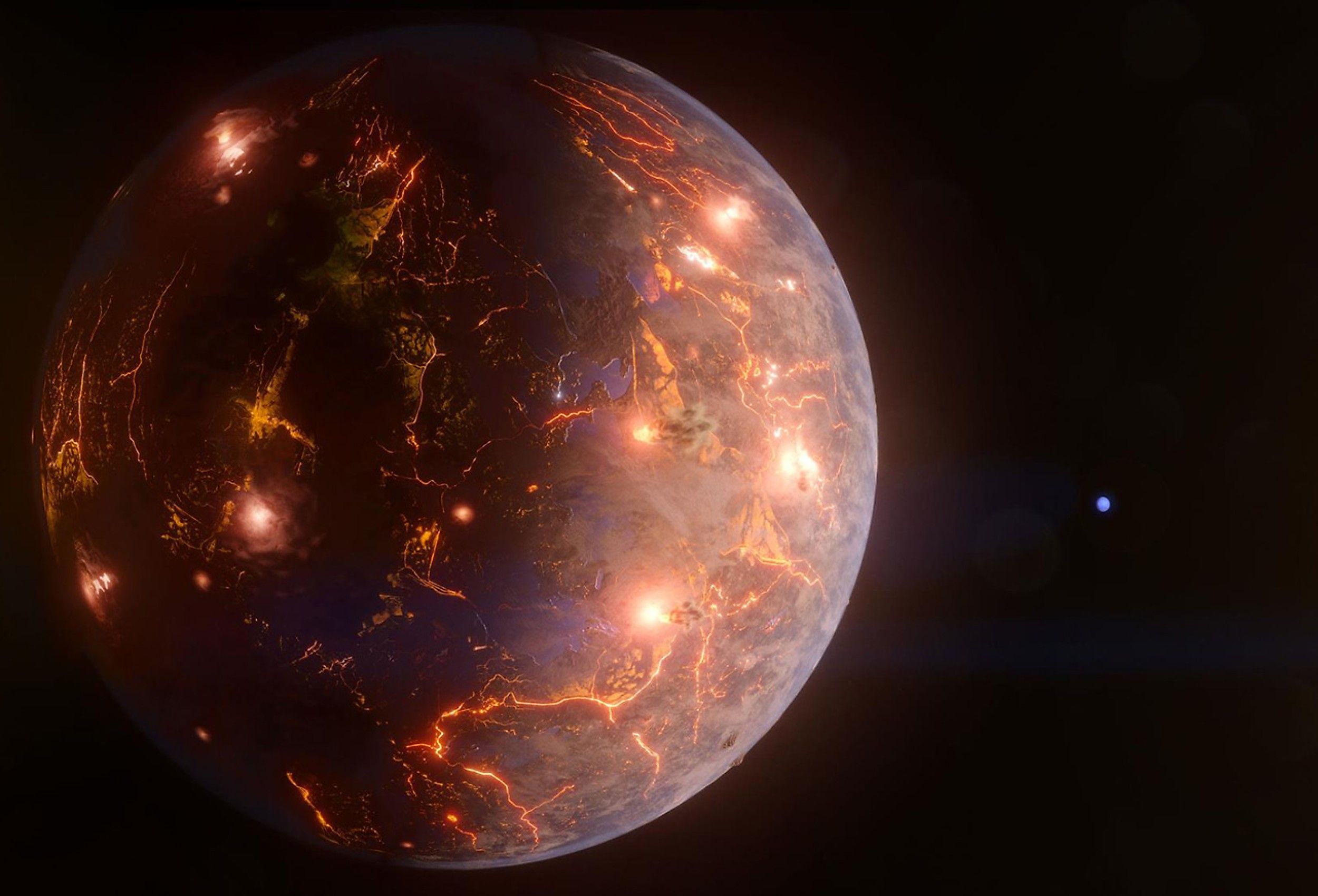
Earth-Sized Exoplanet Rocked by Volcanism
Scientists have recently discovered an Earth-sized exoplanet that might be covered in volcanoes. The exoplanet, designated as LP 791-18 d, was discovered orbiting a red dwarf star approximately 90-light years away. The discovery was made using NASA’s TESS telescope and the Spitzer Space Telescope, along with data from ground-based observatories. Data from LP 791-18 d suggests that it is only slightly larger and more massive than Earth, and that the surface likely experiences vast amounts of volcanism.
Discovery
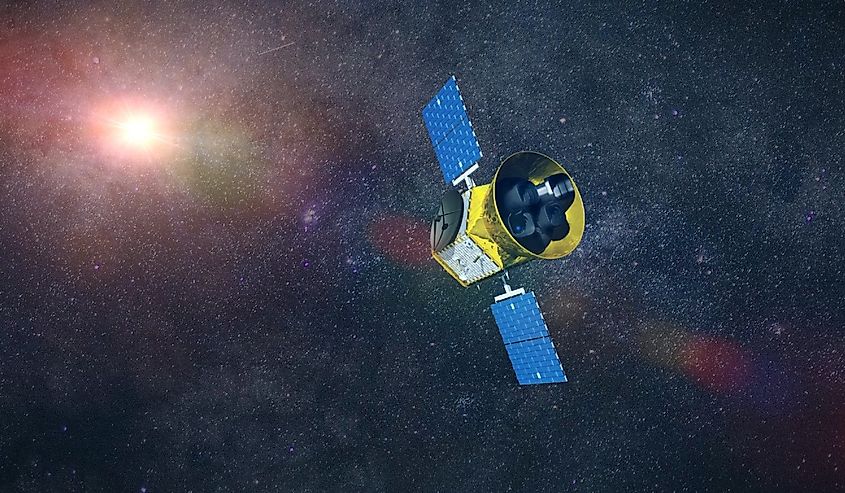
LP 791-18 d was discovered using the transit method. The transit method is a technique used to discover planets beyond our solar system, and it looks for any changes to a star’s light as a planet passes in front of it. For example, as a planet passes in front of its star, a very small amount of that star’s light will be blocked by the planet, and astronomers can then look for these small dips in light to determine the existence of a planet. The transit method can be used to determine the orbital period of a planet, as well as its size and approximate mass.
A Volcanic World in the Habitable Zone
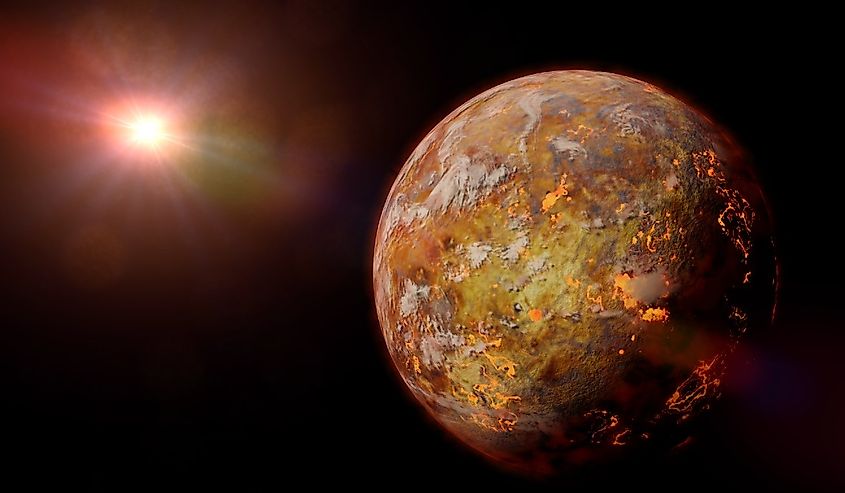
What makes the discovery of LP 791-18 d significant is not just that the planet is volcanically active, but that it also orbits in the habitable zone of its star. This region is the area around a star where, given the right conditions, water can potentially exist in liquid form on the surface. Liquid water is an essential ingredient for life on Earth, and so finding places it can exist is one of the first steps to finding evidence for life on other worlds. While LP 791-18 d does orbit in the habitable zone, its parent star is a red dwarf, which are significantly smaller, dimmer, and colder than stars like our sun.
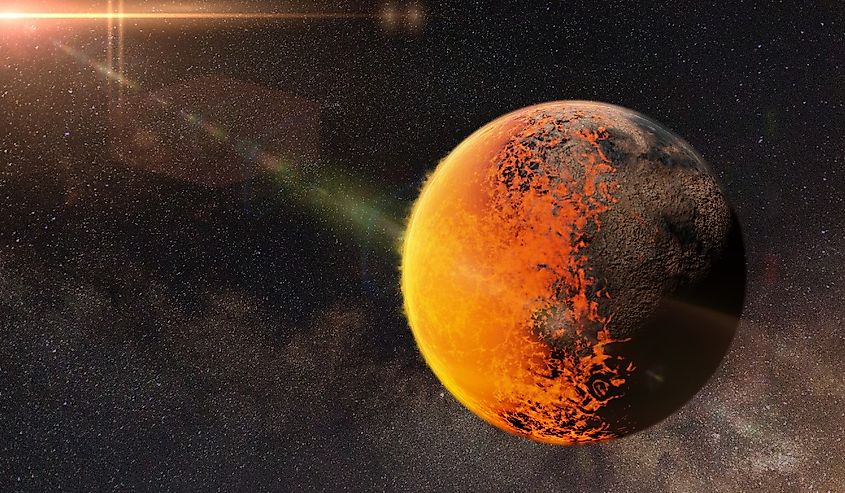
In order to orbit in the habitable zone, LP 791-18 d must orbit exceedingly close to its star. This, unfortunately, has some drawbacks, the most notable being that LP 791-18 d is tidally locked, meaning that one side constantly faces its star while the other side constantly faces away. Tidally locked planets will usually have a difficult time maintaining stable surface temperatures, as one side is usually extremely hot, while the other side is extremely cold.
However, LP 791-18 d might be an exception to this, given its extreme volcanism. The volcanoes likely provide LP 791-18 d with a noticeable atmosphere, and this atmosphere may create stable surface temperatures on the night side of the planet. Volcanoes could even provide the atmosphere with water vapor, and so there is a possibility that the night side of the planet could support the existence of liquid water. LP 791-18 d is intriguing enough that it has been selected for further observation with the James Webb Space Telescope, which may allow astronomers to determine the composition of the planet’s atmosphere.
How is LP 791-18 d Volcanically Active?
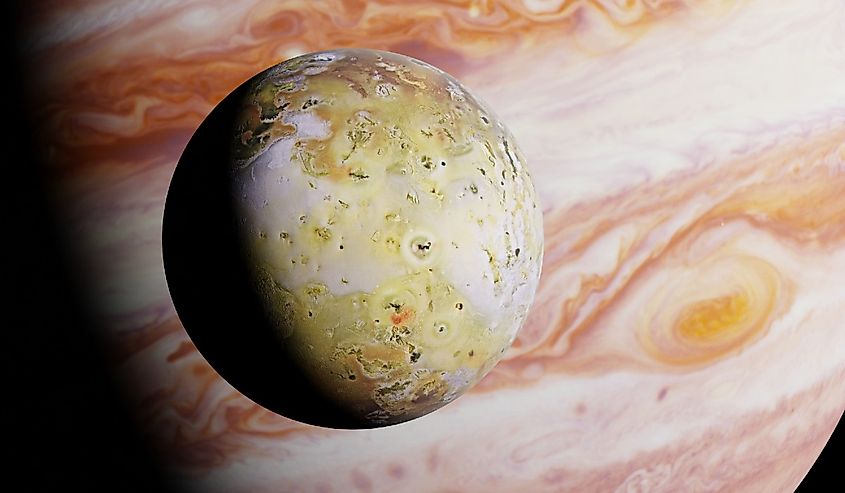
While LP 791-18 d is an Earth-sized planet, perhaps the closest analog we have to this world is Jupiter’s moon, Io. Like LP 791-18 d, Io is volcanically active. Io is the most volcanically active world in our solar system, despite being a moon and not a planet. In addition, the cause of LP 791-18 d’s volcanism might be similar to Io’s. The volcanism on Io is a result of tidal heating, caused by Jupiter’s gravity, stretching and compressing the moon as it orbits the gas giant. This tidal heating generates heat in the core that powers Io’s volcanoes, and something similar appears to be going on with LP 791-18 d. There are two other planets in LP 791-18 d's solar system, one of which passes fairly close to LP 791-18 d.
As the two planets pass one another, their gravity causes their orbits to become slightly more elliptical. This means that, as LP 791-18 d orbits its star, the distance between them changes, and LP 791-18 d will be either further or closer to the star, depending on where it is in its orbit. When LP 791-18 d is closer to its star, it experiences more gravity, and when it’s further away, it experiences less gravity. These changes in gravity create tidal heating within the planet that likely powers its volcanoes, a manner very similar to Jupiter and Io. While it currently remains unknown whether LP 791-18 d can support liquid water, further observations may reveal the potential habitability of this newly discovered planet.











